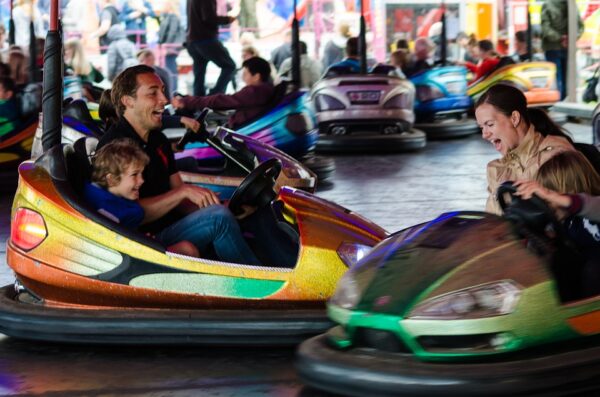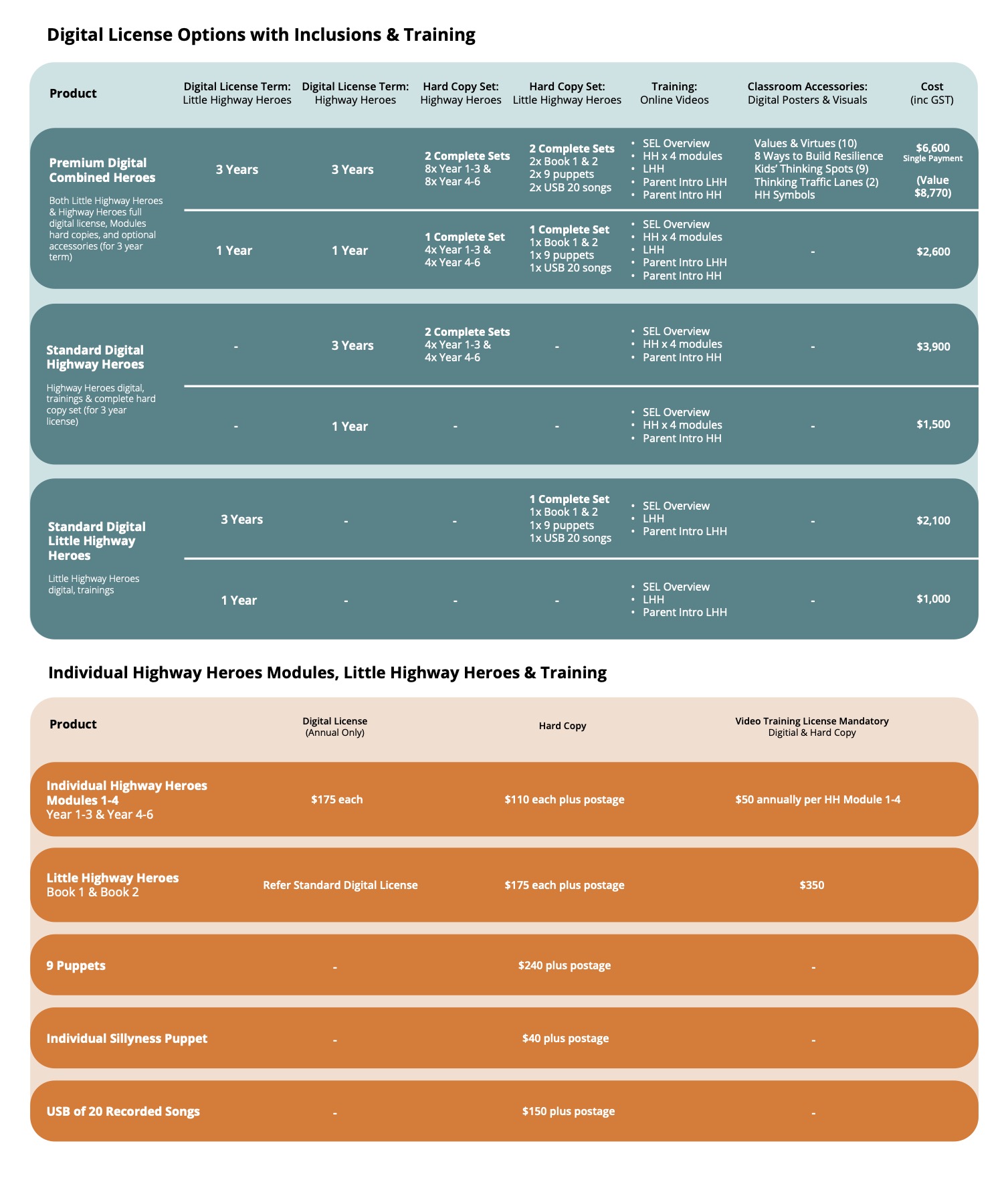Come with me on a little metaphorical journey as we explore parental responses to children’s big emotions. You get into the car and as you’re pulling out, you notice that the internal light is on. What do you do? There is traffic waiting for you to pull in – so you’re already under a bit of pressure. You’re running late and every minute counts. You have options.
- You can simply turn the light off.
- You can completely ignore the light and just drive.
- You can stop, close the door properly and the light will turn off.
That last option takes a little bit of time, effort and a whole lot of patience. And within that last option you have two ways to behave:
- Be very upset, have a shout and slam the door
- Shrug off the inconvenience, close the door and get on with your day.
This article looked at exactly these parental responses to children’s big emotions. I’ll fill in the gaps between the metaphor and life. Metaphor – light in the car is a response to the stimulus of the door being left open. Life – child’s emotional response to a need/want is the stimulus for parental response. (Keep reading, it’s going to get clear soon.) Let’s take an example. A parent is unloading a shopping trolley at the checkout (there’s the door left accidentally open.) The child notices the sweets on the display and demands one of them – loudly, insistently (there’s the light.) And now the parent has the option of:
- Being very upset and verbally closing down the child’s demands (turn off the light – usually harsh with threat of punishment – ignore the problem)
- Completely ignoring the behaviour – no matter how loud, upset or demanding the child gets (ignore the light completely – ignore the problem)
- Responding to the child, acknowledging the feeling, asking for compliance and suggesting a solution (stop, close the door, get on with the day)
- Responding to the child, acknowledging the feeling and demanding that it stop! Now! (stop, close the door, have a shout)
What do children learn from parental responses to big feelings? Well, the research tells us that if we completely ignore the big feeling, the child will probably escalate to gain parental attention and become increasingly upset and increasingly unable to calm down. The child doesn’t learn to identify and manage the big feeling which can lead to ongoing issues with emotional self-regulation. If a parent responds by getting angry and stamping all over that big feeling the child may think that having great big ugly feelings (which we all experience) is wrong and they may learn to suppress their feelings. Not healthy. Alternatively, the child might learn that when faced with adversity the obvious response is to get very upset and shout loudly until they win – mirroring and matching the parental response.
What we’re left with is responding calmly to the situation (closing the door so that the light turns off.) A parent who calmly says to a child, “I can see you really want that chocolate and you’re feeling angry. Calm down. We’ll have something nice as soon as we get in from shopping.” Of course, in the ideal world, that child will immediately calm down, see sense and accept the refusal. In the real world, most children will continue to carry on. So, a measured parental response is going to get the best result. Two angry stamping human beings achieves little. One angry stamping human being (however small) will eventually, with the same response, learn to calm down, to self-soothe, to engage in rational and positive thinking patterns. If a big emotion is acknowledged, they will feel heard and with the same approach each time, the behaviour will change. But, it will take time and consistent effort.
So, my question to you is – how are you going to react/respond the next time you’re under pressure and ‘the door is left open and the light flashes on?’ How are you going to respond when a strong emotion is being expressed? What do you do now? What’s one part of that pattern that you could think about changing right now so that next time you have a plan, stay calm and don’t work into the big feeling too?
Here’s some more reading on the topic – interesting results from and interesting study Parents ignoring children’s feelings
Each of our Kids’ and Parents’ Notebooks has a section on learning to identify and manage those big feelings. Perhaps you might be interested in reading a little more.


